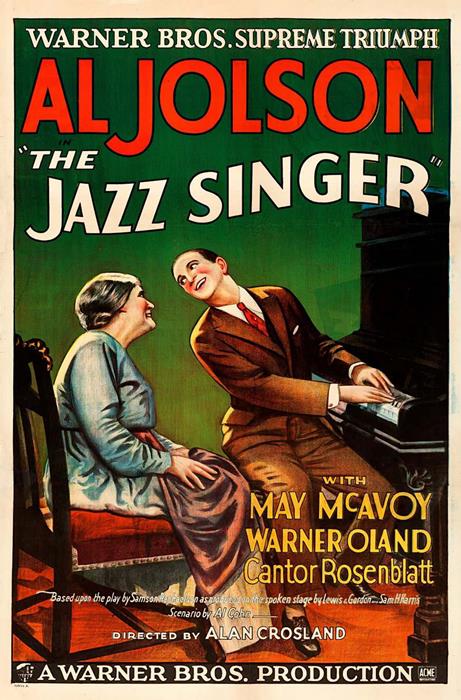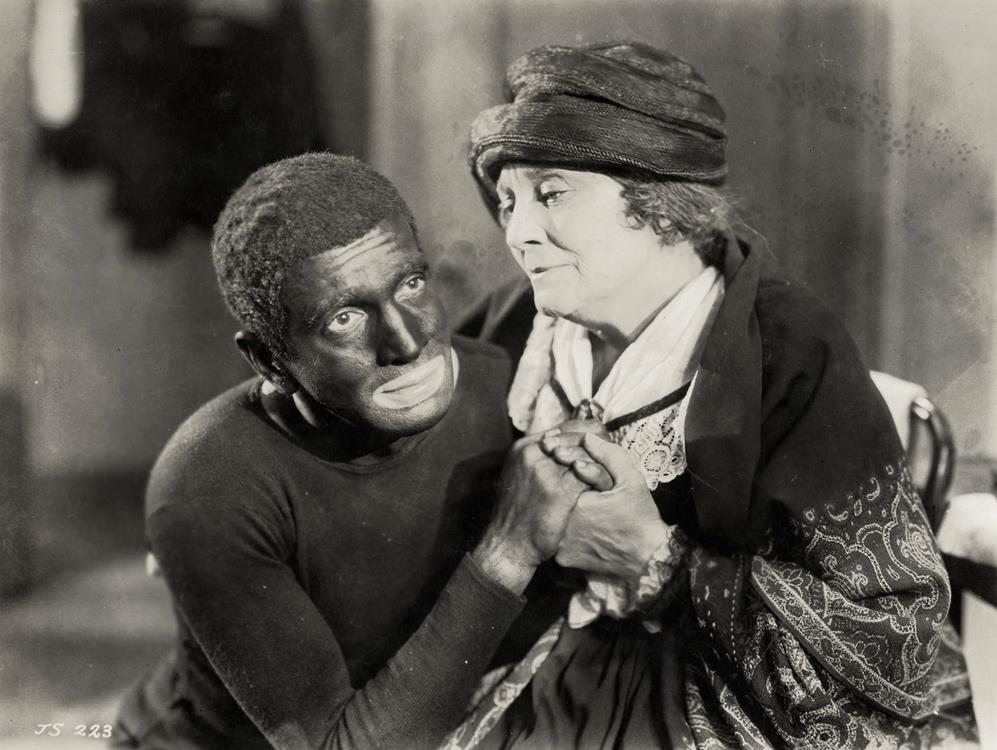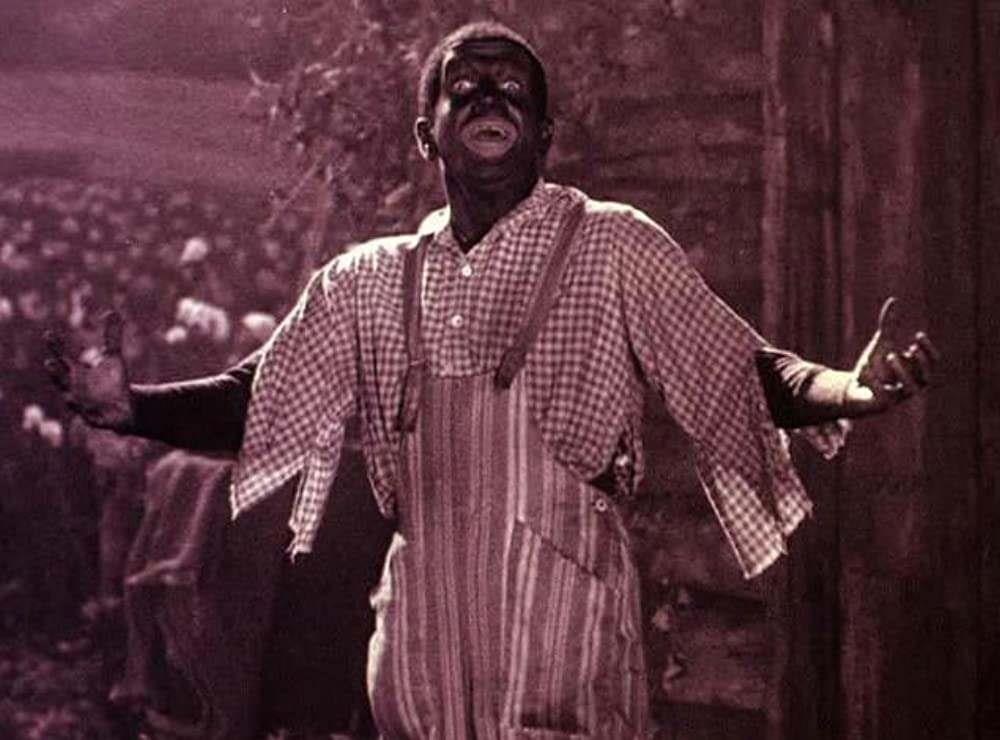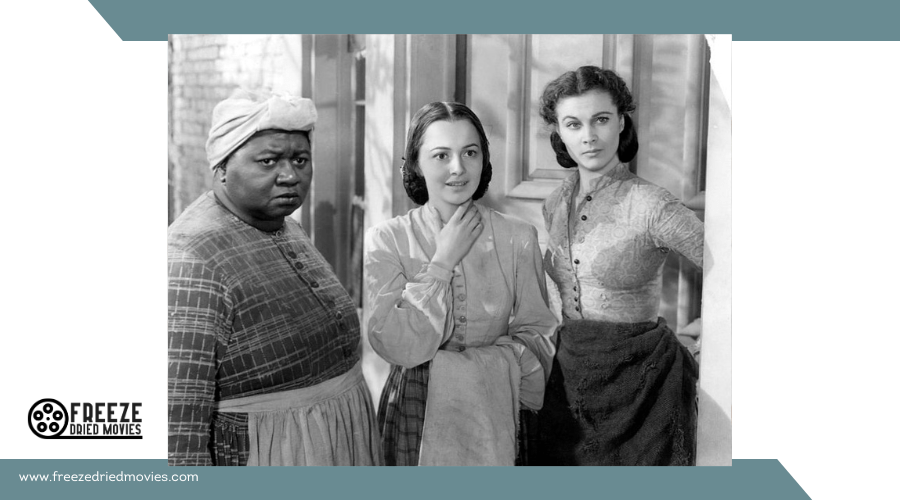Exploring the Rise of Talkies: 1930s Film Revolution

Discover how the 1930s film revolution, ignited by the emergence of talkies, transformed the cinematic landscape. The transition from silent films to those with synchronized sound enabled actors to captivate audiences with their voices, enriching storytelling with added depth and emotion. This pivotal era didn't just introduce sound; it also gave birth to new genres and redefined entertainment. Explore how Hollywood adapted to these sweeping changes and the technological innovations that fueled this transformation. Delve into the complexities of this groundbreaking period in film history.
Early Cinema Foundations
Early cinema, which emerged in the 1890s, laid the foundation for a global entertainment phenomenon. Initially, it focused on the "cinema of attractions," emphasizing visual spectacles over narrative content. These short films were typically showcased in vaudeville theatres and carnival fairgrounds, designed to amaze rather than tell a story.
From 1907 to the 1910s, a significant shift occurred. Purpose-built exhibition halls began to emerge, and there was a growing appetite for storytelling in films. Filmmakers started experimenting with feature-length movies and innovative cinematography and editing techniques, paving the way for more complex narratives while maintaining the importance of visual spectacle.
In the classical age of cinema, spanning from the 1910s to 1927, Hollywood began to assert its dominance. The studio system became more refined, and the transition to sound technology was initiated post-World War I. When early talkies emerged between 1927 and 1930, they faced challenges due to cumbersome sound recording technology. Nevertheless, synchronized sound significantly improved film quality and audience engagement. By 1930, most American films had adopted sound, marking a new era in cinema.
Transition to Narrative Film

The late 1920s and early 1930s marked a pivotal shift in cinema from silent films to narrative-driven talkies. The release and success of *The Jazz Singer* in 1927 highlighted the potential of synchronized sound, enabling filmmakers to incorporate dialogue and music, thereby enriching storytelling and enhancing audience engagement.
By 1930, sound films, or talkies, had become the industry standard, with 96.9% of American films featuring sound. This technological advancement revolutionized narrative structures and elevated audience expectations, allowing films to convey complex stories with well-developed characters.
The advent of sound also paved the way for new genres, such as musicals and gangster films, which skillfully integrated music and dialogue to create more engaging narratives. Filmmakers began to experiment with innovative editing and cinematography techniques, further refining the classical style that would dominate Hollywood throughout the 1930s.
Birth of Hollywood

When considering the birth of Hollywood, envision the early 1910s as a period of rapid transformation driven by technological advancements. The emergence of sound studios and the introduction of talkies in 1927 revolutionized the film industry, establishing Hollywood as the global epicenter of cinema. By the 1930s, major studios had consolidated their power, with nearly every American film embracing this new era of sound, captivating audiences worldwide.
Technological Advancements Impact
During the late 1920s, the transition from silent films to talkies revolutionized the film industry and fundamentally transformed Hollywood. With the advent of sound technology, the proportion of American films featuring sound leaped from 2.3% in 1927 to an impressive 96.9% by 1930. This rapid adoption of sound technology reshaped both the production and consumption of movies, driven by pioneering innovations such as the Vitaphone and Movietone systems.
The commercial success of *The Jazz Singer* in 1927 proved the viability of synchronized dialogue and music, setting new standards for audience expectations. This shift necessitated substantial investments in sound-equipped venues and a complete overhaul of production processes. Early sound films faced challenges, including the need for soundproof sets and primitive recording equipment, but these obstacles spurred creative solutions in filmmaking and sound design.
Key impacts include:
- Vitaphone and Movietone technology: Pioneered synchronized sound
- The Jazz Singer's success: Demonstrated commercial potential of talkies
- Rapid increase in sound film production: Altered industry dynamics
- Significant investments in infrastructure: Enabled sound integration
These technological advancements laid the foundation for Hollywood's future growth and innovation.
Sound Studios Emergence
The late 1920s marked a pivotal moment with the emergence of sound studios in Hollywood, fundamentally reshaping the film industry's landscape. With the rise of talkies, the demand for specialized facilities featuring soundproofing and advanced recording technology became critical. Major studios like Warner Bros. and MGM led the way by heavily investing in the development of sound stages to meet these new requirements.
These sound studios quickly became the backbone of the film industry, enabling the production of synchronized sound films. Technologies such as Vitaphone and Movietone were essential, allowing studios to create films where dialogue and audio effects were seamlessly aligned with on-screen action. This transition was not merely about adding sound; it revolutionized storytelling, making dialogue-driven narratives the standard.
Audience Engagement Shifts
In the late 1920s, audiences experienced a seismic shift in their filmgoing habits as talkies captivated their senses. The introduction of sound technology transformed audience engagement, turning silent film experiences into dynamic spectacles filled with synchronized dialogue and rich soundscapes. By 1930, an overwhelming 96.9% of American films were talkies, reflecting the rapid adaptation within the industry and significantly altering audience expectations.
The silent screen was now a relic of the past, replaced by sound films like *The Jazz Singer* (1927), which played a crucial role in demonstrating public enthusiasm for this new medium. This enthusiasm translated into increased attendance rates, even during the economic hardships of the Great Depression.
- Enhanced Emotional Engagement: Sound technology enriched storytelling through music and dialogue.
- New Industry Standards: The rapid shift to talkies established new benchmarks for film production and audience expectations.
- Moral Content Influence: The Hays Code, introduced in the early 1930s, shaped the presentation of stories in sound films.
- Theatrical Experience Evolution: Theaters upgraded to accommodate sound films, enhancing the overall cinematic experience.
The birth of modern Hollywood hinged on these shifts, forever changing how audiences engage with film narratives.
Advent of Sound
Few innovations have shaped the film industry as profoundly as the advent of sound. The transition from silent films to talkies around 1926 marked a seismic change. *The Jazz Singer* (1927) became a game-changer, featuring synchronized sound and dialogue, captivating audiences and setting a new industry standard. By 1930, nearly 97% of American films were talkies, reflecting the rapid adoption of early sound technologies.
Initially, synchronized sound faced significant challenges. Bulky recording equipment and soundproof sets restricted camera movements, necessitating substantial studio investments. Systems like Vitaphone and Movietone played vital roles in integrating sound into films. Vitaphone shorts, such as *A Plantation Act*, helped popularize this innovative phase of cinema.

Key milestones in the advent of sound include:
| Year | Milestone | Description |
|---|---|---|
| 1926 | Shift Begins | Early experiments with synchronized sound |
| 1927 | *The Jazz Singer* | First major success with synchronized sound |
| 1930 | Talkies Dominate | 97% of American films feature sound |
| 1930s | New Genres Emerge | Musicals and gangster films gain popularity |
Audience expectations evolved, driving filmmakers to develop new techniques and genres. The advent of sound transformed cinema, ushering in a period that continues to influence the industry today.
Technological Innovations
During the late 1920s, significant technological innovations propelled the shift to sound in cinema. Major studios began using synchronized sound systems such as Vitaphone and Movietone, which integrated dialogue and music directly into films. These advancements revolutionized the industry, although they presented several challenges. Early sound recording equipment was bulky, limiting camera movement and requiring soundproof sets to minimize noise interference.
To address these issues, filmmakers implemented several key innovations:
- Multiple Microphones: Enhanced sound recording by capturing audio from various angles, improving clarity.
- Advanced Mixing Techniques: Allowed for more sophisticated sound editing, creating a richer auditory experience.
- Optical Sound Track: Introduced in the late 1920s, it recorded sound directly onto the film strip, ensuring perfect synchronization with visuals.
- Soundproof Sets: Reduced noise interference, enabling clearer dialogue recording.
These innovations collectively transformed the cinematic experience, setting the stage for future technological advancements in the industry.
Impact on Genres
The advent of talkies revolutionized film genres, particularly musicals, which flourished by incorporating sound and music. Gangster films also gained popularity, mirroring societal anxieties and depicting the harsh realities of urban life. This evolution in genres marked a pivotal shift in cinematic storytelling.
Evolution of Musical Films

Musical films have undergone significant transformation since the early sound period, evolving from simple showcases of isolated musical performances to sophisticated narratives that seamlessly integrate music and storytelling. Early productions like "The Hollywood Revue of 1929" were pivotal, highlighting diverse talents and laying the groundwork for the future of the musical genre. The transition to integrated storytelling allowed films such as "On with the Show!" and "Show Girl in Hollywood" to blend music with dialogue, thereby capturing the emotional depth and complexity of showbiz life.
The introduction of Technicolor, as seen in films like "Sailing on a Sunbeam," added a new dimension to musical films. Vibrant colors enhanced visual storytelling, making these films even more captivating. Filmmakers also began to explore non-Euclidean dream sequences and dynamic camera angles, transforming musical numbers into stylized and engaging experiences. This evolution not only changed how audiences perceived musical films but also reshaped cinematic storytelling itself.
Key Elements in the Evolution of Musical Films:
- Integrated musical and narrative elements: Combining music with dialogue to create cohesive stories.
- Technicolor innovation: Utilizing vibrant visuals to enhance the narrative.
- Stylized visual elements: Employing unique camera angles and dreamlike sequences.
- Influence on modern cinema: Establishing foundational techniques for contemporary musical films.
Gangster Film Popularity
The early 1930s witnessed the explosive rise of gangster films, propelled by the immense popularity of titles like *Little Caesar* and *The Public Enemy*. These films captivated audiences with their focus on crime and antiheroes, especially during the Great Depression. The genre thrived, showcasing the diversity of American speech through varied accents and idioms, thanks to the advent of sound cinema. This added realism made the characters more relatable and the stories more engaging.
Audiences were drawn to the complex themes of ambition, morality, and the inevitable consequences of crime. These films offered a form of escapism from economic struggles, resonating deeply with viewers. The characters were more than just criminals; they embodied broader societal issues, making the genre rich in character-driven storytelling.
Audience Reception
The audience reception to the rise of talkies was overwhelmingly positive, marking a transformative period in cinema history. When *The Jazz Singer* premiered in 1927, it introduced audiences to new technology that forever changed their movie-going experiences. The thrill was palpable as people flocked to theaters, eager to hear actors' voices and enjoy synchronized dialogue and music. By 1930, a staggering 96.9% of American films were talkies, signaling a rapid shift in audience preferences.
Despite the Great Depression, the allure of talkies drew people to cinemas, seeking an escape through this groundbreaking form of entertainment. However, the initial surge in musicals led to audience fatigue. Some theaters even began advertising "Not a musical" to attract viewers who had grown tired of the genre's overproduction. Yet, the success of sound films didn't wane; it merely evolved to meet new audience expectations.
- Early sound films like *The Jazz Singer* set high standards for dialogue and music.
- Gangster films and musicals showcased diverse accents and idioms, reflecting American cultural identity.
- Audience engagement with sound cinema surged even during economic hardship.
- Preferences shifted rapidly, with talkies dominating the film industry by 1930.
This wave of advancement and audience enthusiasm set the stage for future cinematic progress.
Global Adoption
The enthusiastic reception of talkies in the United States sparked a global cinematic revolution. By 1929, 71.8% of U.S. films incorporated sound, a significant increase from just 2.3% in 1927. This swift adoption set a precedent for global integration.
In the UK, the transition to sound films was nearly instantaneous following their American debut. France and Italy also embraced sound technology within a few years. This shift required silent film actors to adapt to the new demands of talkies, lest they risk fading into obscurity.
Japan's shift to talkies was slower, with sound films becoming predominant only by 1940. Despite this, the global trend was clear: by 1930, 96.9% of American films were talkies. This underscored a worldwide movement towards sound in cinema, marking the end of the silent film era globally.
Legacy and Influence
The era of silent films had its own unique appeal, but the introduction of talkies revolutionized cinema in a way that continues to influence the medium today. The transition to sound transformed storytelling, making films more dynamic and immersive. By 1930, an impressive 96.9% of American films were talkies, highlighting the rapid and widespread adoption of this new technology.
The incorporation of synchronized dialogue, music, and sound effects fundamentally altered the audience's cinematic experience. The impact of this shift is evident in several key areas:
- Musicals: Films like *The Jazz Singer* and *Hollywood Revue of 1929* demonstrated the potential of sound integration, setting the stage for the future of musical cinema.
- Technical Innovations: The initial challenges of sound recording spurred advancements in sound design, driving the industry's technical evolution.
- Hollywood Studio System: The success of talkies contributed to the establishment of the Hollywood studio system, cementing Hollywood's cultural dominance.
- Cinematic Genres: The talkies era opened the door for new genres and storytelling techniques, many of which continue to evolve and thrive today.
The transition from silent films to talkies not only transformed the films of the 1930s but also laid the groundwork for future cinematic developments. The enduring legacy of this pivotal shift is apparent in every movie produced today, underscoring its lasting influence on the film industry.



